Nostalgia on Tuesday: Seat of a dynasty
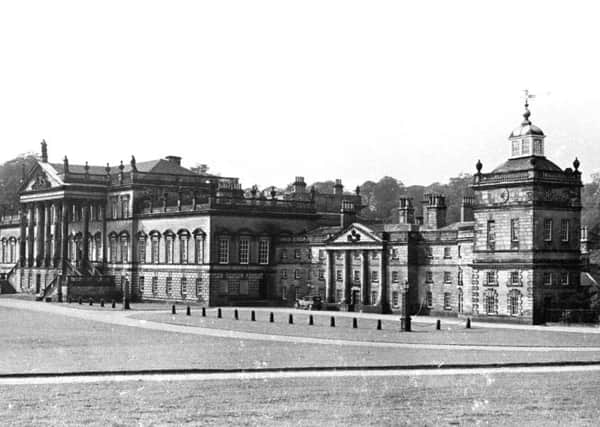

The Wentworths lived there from the 13th century and the first family member to achieve national fame was Sir Thomas Wentworth (b. 1593) He lived in a Jacobean house on the site and later became Earl of Strafford. He was an administrator for Charles I, President of the Council of the North and Lord Deputy of Ireland. After making a number of enemies, Sir Thomas was beheaded for treason in 1641. Charles I signed his death warrant. His remains are buried under the old church in Wentworth.
Sir Thomas was succeeded by the second Earl of Strafford and then the estate passed to his nephew Thomas Watson (1626-1695). His son, also named Thomas (Watson-Wentworth) replaced the Jacobean house with the enormous Wentworth Woodhouse – known as ‘England’s greatest semi.’
Advertisement
Hide AdAdvertisement
Hide AdHenry Flitcroft (1697–1769) was the architect for the Palladian east front; the west front is in the Baroque style and incorporates four giant Corinthian pilasters.
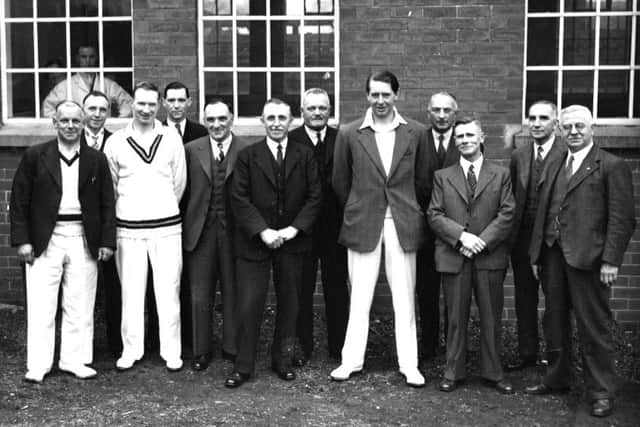

Thomas Watson-Wentworth, Lord Malton and later first Marquis of Rockingham, died in 1750, before the house was completed. Thomas’s youngest son Charles, who outlived his four brothers, became the next Marquis of Rockingham. He was also Prime Minister twice and financed the manufacture of Rockingham pottery at the works in Swinton, near Rotherham.
He died in 1782, about the same time that the house’s wings – originally only one and a half storeys high – were altered by celebrated architect John Carr of York.
On completion Wentworth Woodhouse boasted 250,000 sq ft of floor space, 365 rooms and covered an area of over 2.5 acres (1.0 ha). It is surrounded by a 180-acre (73 ha) park and by an estate of 15,000 acres.
Advertisement
Hide AdAdvertisement
Hide AdThe most prominent landscape gardener of the time, Humphry Repton (1752–1818), was assigned to lay out the grounds.
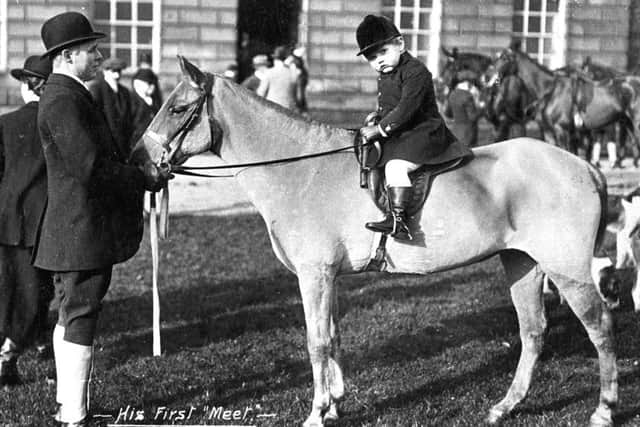

Within the Wentworth Woodhouse estate are a number of follies and monuments, built during the 18th century. These include: Hoober Stand; Keppel’s Column; and The Needle’s Eye.
Charles Watson-Wentworth, 2nd Marquess of Rockingham died in 1782 and his estates, but not his marquisate, passed to his nephew William Fitzwilliam, 4th Earl Fitzwilliam (b. 1748). He became one of the greatest landowners in the country with his estate being made up around 14,000 acres of farmland, woods and mines raising almost £20,000 annually in rents.
During the early 20th century Wentworth welcomed King George V and Queen Mary on their four-day visit to parts of Yorkshire in July 1912.
Advertisement
Hide AdAdvertisement
Hide AdThe house was occupied by the military during the Second World War and, shortly afterwards, the 8th Earl, Peter Wentworth-Fitzwilliam was romantically linked with the widowed Kathleen Cavendish, sister of future US President John F. Kennedy. On June 12, 1946, Kathleen Cavendish had met Peter Fitzwilliam at a fundraising event ball at the Dorchester Hotel, London.
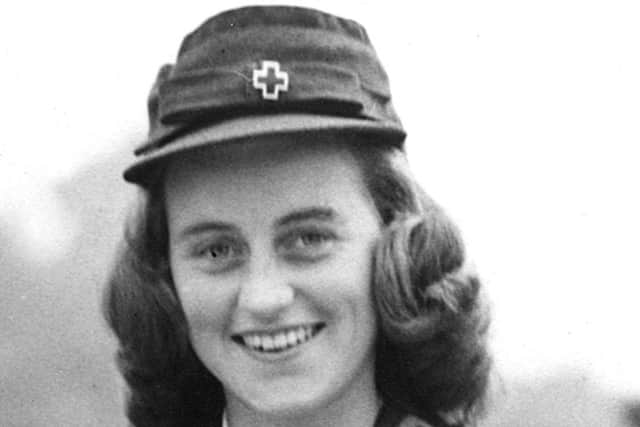

Fitzwilliam was still married (separated from his wife Olive Dorothea ‘Obby’ Plunket) with an 11-year-old daughter. He served with the Commandos during the war and later for the Special Operations Executive, gaining a Distinguished Service Order. Yet, he was known to be a hard-drinking, hard-gambling wealthy playboy.
Inviting Kathleen to dance, Fitzwilliam spun her round the ballroom. ‘It was overnight and it was the real thing,’ Charlotte Harris recalled inCatherine Bailey’s Black Diamonds (2007), ‘One got the impression that she’d discovered something she didn’t really plan to experience in life.’
Tragically when the couple were on their way to the South of France on May 13, 1948 (before planning to meet Joseph Kennedy in Paris to discuss their intention to marry), their private jet crashed in stormy weather, killing all on-board.
Advertisement
Hide AdAdvertisement
Hide AdAt Wentworth, the 1940s were marked with the controversial open cast mining scheme. The decision was seen as an act of class war against the coal-owning aristocracy. The Minister of Fuel, Manny Shinwell, had carried out a threat to the Fitzwilliams to bring mining ‘right up to your bloody front door’.
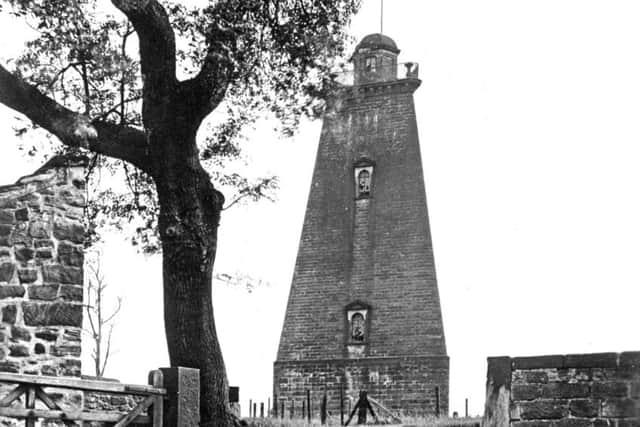

The scheme was not supported by local miners as the Fitzwilliams were respected employers.
At the end of the 1940s, the estate was greatly affected by the nationalisation of the coal industry and death duties. Many of the fine items making up the contents were sold in 1948, 1986 and 1998.
Between 1949-1979, part of Wentworth Woodhouse was leased to the West Riding County Council for the Lady Mabel College of Physical Education, training female teachers. The college later merged with Sheffield City Polytechnic (now Sheffield Hallam University). By 1988, the Polytechnic no longer required the premises and eventually the family trustees sold them.
Advertisement
Hide AdAdvertisement
Hide AdClifford Newbold, an architect who helped design London’s Millbank Tower, acquired the grade 1 property in 1999 and embarked on restoration. On his death in 2015 it was acquired by Wentworth Woodhouse Preservation Trust.
During the November 2016 budget Conservative Chancellor Philip Hammond announced that the Trust was to receive a grant of £7.6 million.
William Thomas George Wentworth-Fitzwilliam (1904-1979), was the 10th and last Earl Fitzwilliam.